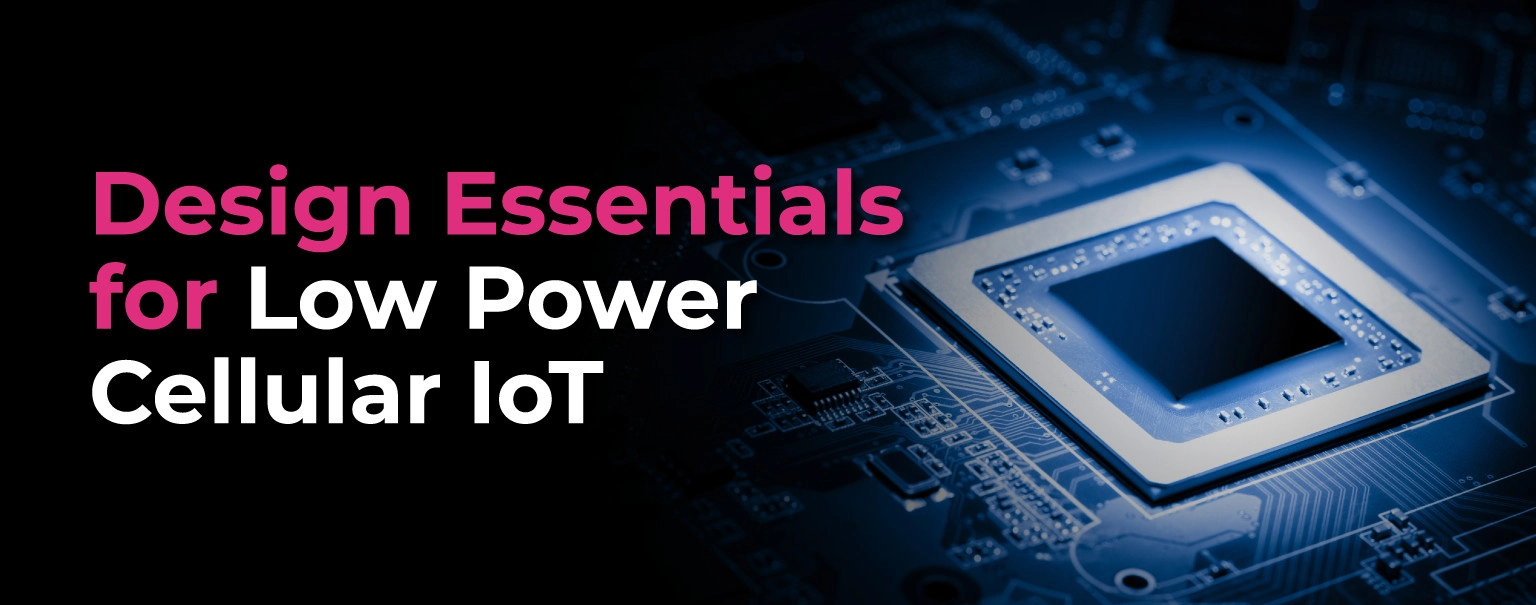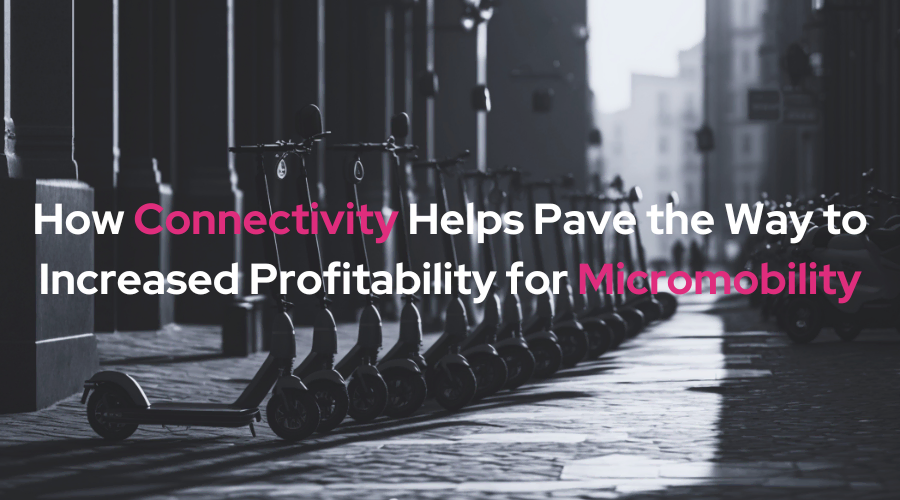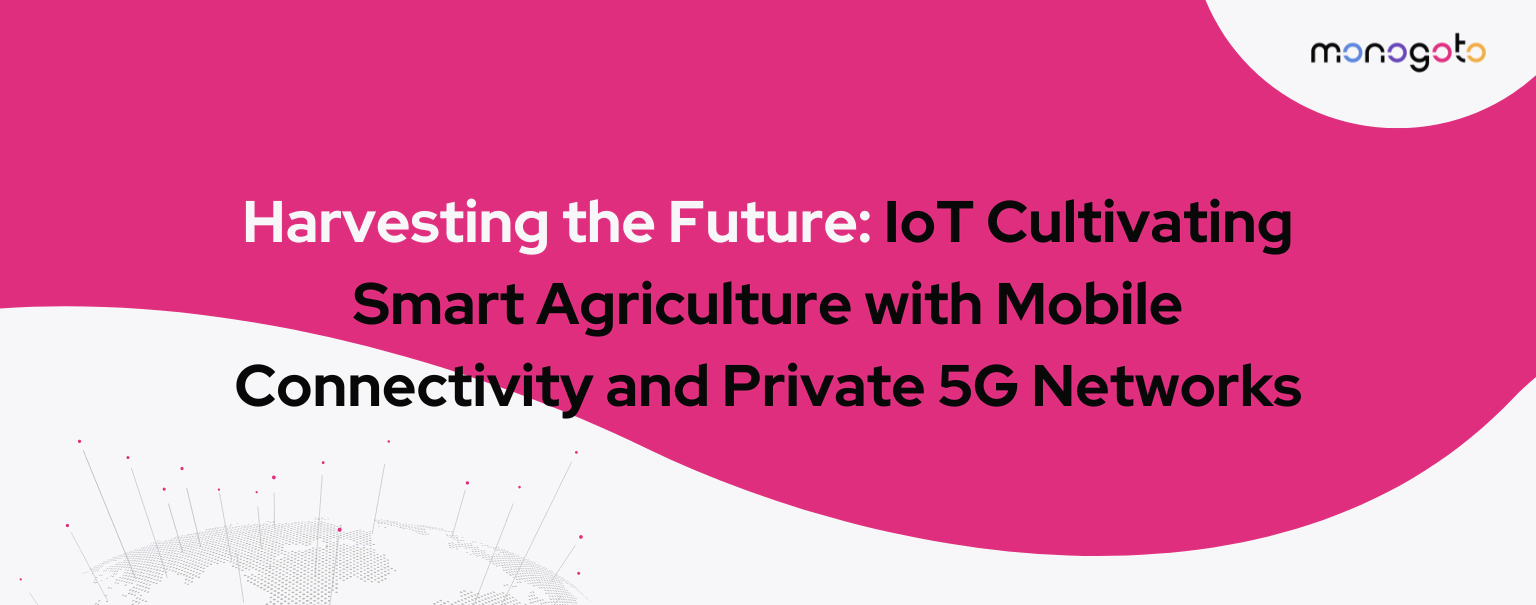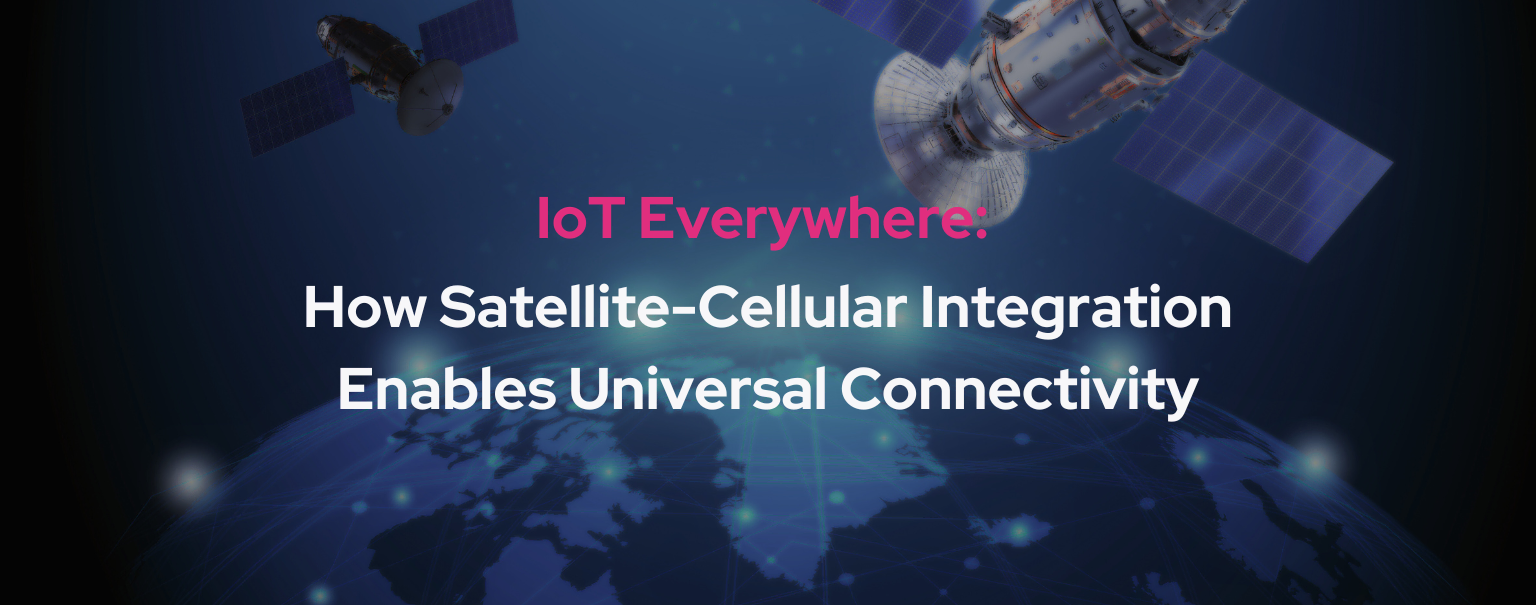The Internet of Things (IoT) is a network of physical computing devices. These devices are interconnected and can take the shape of a variety of items you likely interact with on a daily basis, such as fitness trackers, security systems, or even kitchen appliances, to name a few. Generally speaking, IoT is incredibly powerful and useful for remote monitoring and generating large quantities of data via these devices.
Here at Monogoto, our focus has always been to assist partners to manage and control their IoT network with a superior set of features without the need for cellular expertise. We make things simple, and our IoT SIM cards are designed with this in mind because our mission is to simplify your day-to-day work and IoT connectivity.
However, those benefits do come at a few costs. Designing IoT systems can be challenging, especially when it comes to powering remote devices. To dive further into the topic, let’s take a look at some design essentials for low-power cellular IoT.
There are some principles of design that can help you optimize power consumption. In this video, Monogoto experts get deep into these principles.
Below, you’ll find a summary of the points outlined throughout the video.
Power Profiles: Low Power Modes
IoT devices typically have a number of power modes. The mode which consumes the most power is when the radio is transmitting or receiving data. To save on power consumption, there are a few different low-power modes:
- RRC Idle — The device regularly checks-in with the network for pending messages. Between each network check (called “page”) the device enters sleep mode to reduce power. When using DRX (Discontinued Reception), the paging intervals are automatically set to 2.56 seconds. When using eDRX (extended DRX), the sleep intervals can be increased to further reduce the power consumption.
- PSM: Power Saving Mode — The device will sleep for long intervals and disables its ability to receive data from the network. The device can sleep – also referred to as hibernate – from 4 hours to 413 days. The power consumption of the radio can be reduced to only a couple of microAmps.
- Radio Off — This consumes no power, after turning the radio on it has to reconnect to a mobile network.
Design for Low Power: The Impact of Operation Modes
When designing for low power consumption, there are a few principles that go a long way:
- 1. Sleep as much as you can.
- 2. Work only when you have to.
- 3. Communicate briefly.
- 4. Minimize the data that is sent.
These principles are easily applied when using static devices. When the transmission is always initiated by the device, it can enter PSM or turn its radio off completely and only wake up when a message needs to be sent to the server. This is extremely power efficient. When the device requires regular updates from the server, enabling eDRX mode is the most power-efficient setting.
Unfortunately, mobile devices are more complicated because they have to establish a connection with new cell towers or mobile operators whenever they move. This burns energy. It also complicates the messages from the server to the device, as the network doesn’t know which cell tower to use when the device is on the move and hasn’t been seen for a while.
In this scenario, it’s usually best to reduce the amount of transmissions where possible, turn the radio off after each transmission, and re-establish a connection when a new packet needs to be sent.
Real World Scenarios: Everyday Application
To highlight just how much network conditions impact power consumption, Monogoto together with its partner SODAQ ran a test on a mobile device. The device was put through four different scenarios, each using the same signal package.
In the first scenario, the device was kept stationary and connected to a good network. The full process of connecting to a network, sending a data packet to the server and receiving a server confirmation, required eight seconds per message.
In the second scenario, the device crossed an international border. After crossing, the device had to connect to a new mobile network which took 43 seconds in total..
In the third scenario, the device went from Europe to the United States, changing continents. This required a frequency change, and it ultimately drove times up to 259 seconds before a new message was delivered.
In the final scenario, the device only moved within a specific region, but it was in an area with poor network coverage. With frequent packet loss, the device took roughly 400 seconds to transmit each message.
Since the process of connecting to a network and actively transmitting or receiving data takes up the bulk of energy consumption, it’s easy to see how these scenarios impact power efficiency.
Connect with the Right IoT Partner to Ensure You’re Always Connected
As a reminder, there are four key principles to designing low-power cellular IoT. Let the devices sleep often. Only work when necessary. Communicate briefly. Lastly, only use eDRX when the server initiates communication. Here at Monogoto, we work to ensure that our partners don’t have to worry about having problems with low-power cellular IoT devices.
Monogoto is here to make the lives of developers easier by providing cloud best practices to its users and is enabling a smarter, more connected world with our unique, easy-to-access, always-on cellular cloud 4G/5G for IoT connectivity and Private LTE or 5G. Monogoto services high-profile organizations in more than 170 countries with its IoT solutions, enabling roaming capabilities worldwide, supporting 2G, 3G, 4G, LTE CAT-M1, NB-IoT, CBRS, and eSIM technologies.
You can request a sim card sample kit here, or learn more about Monogoto’s services by exploring our website at https://monogoto.io/.







